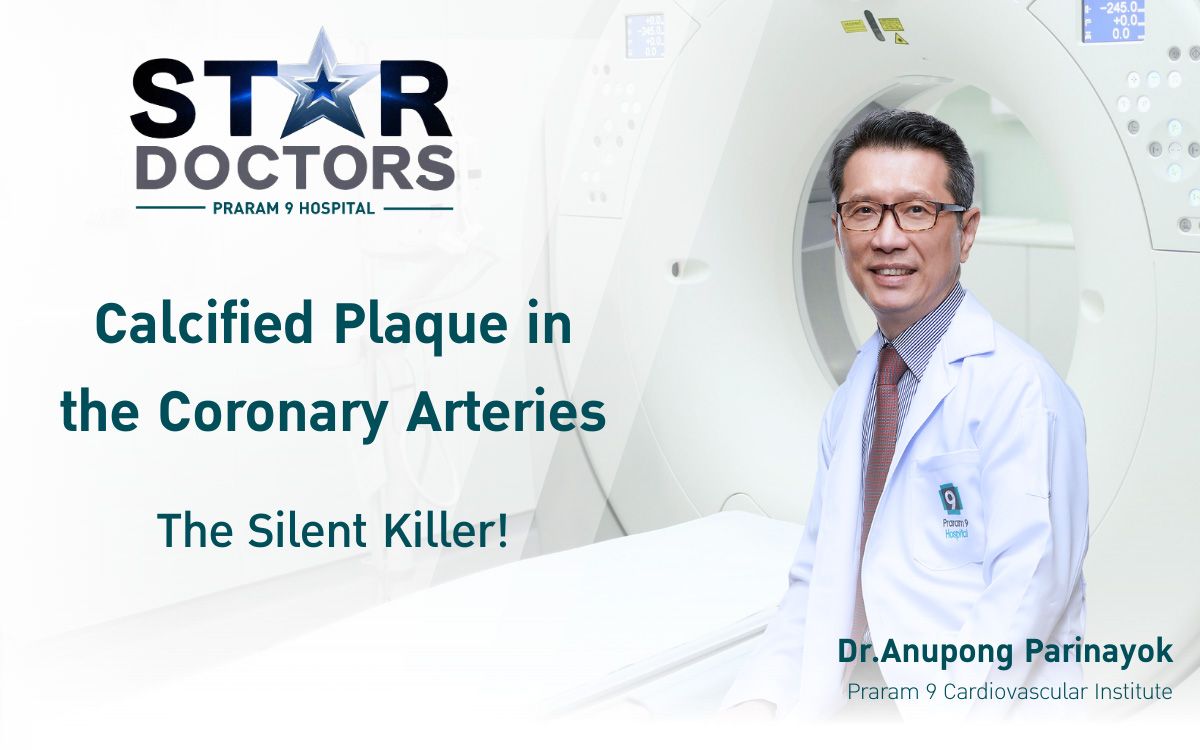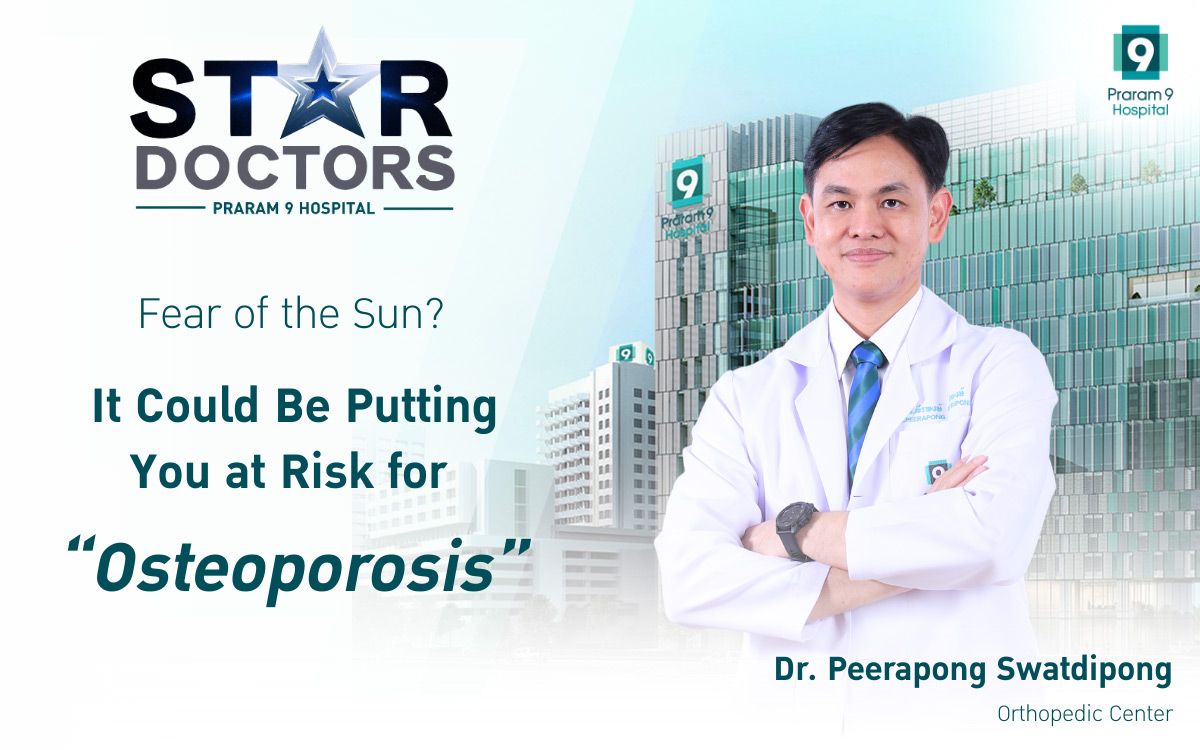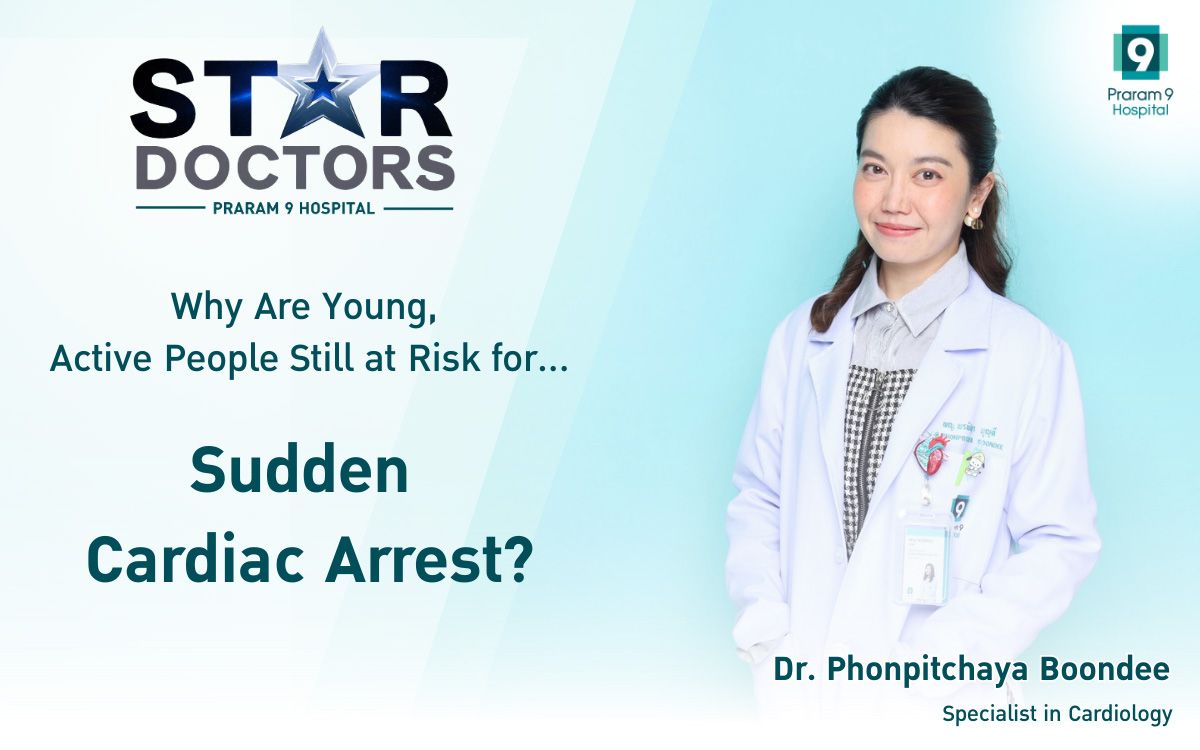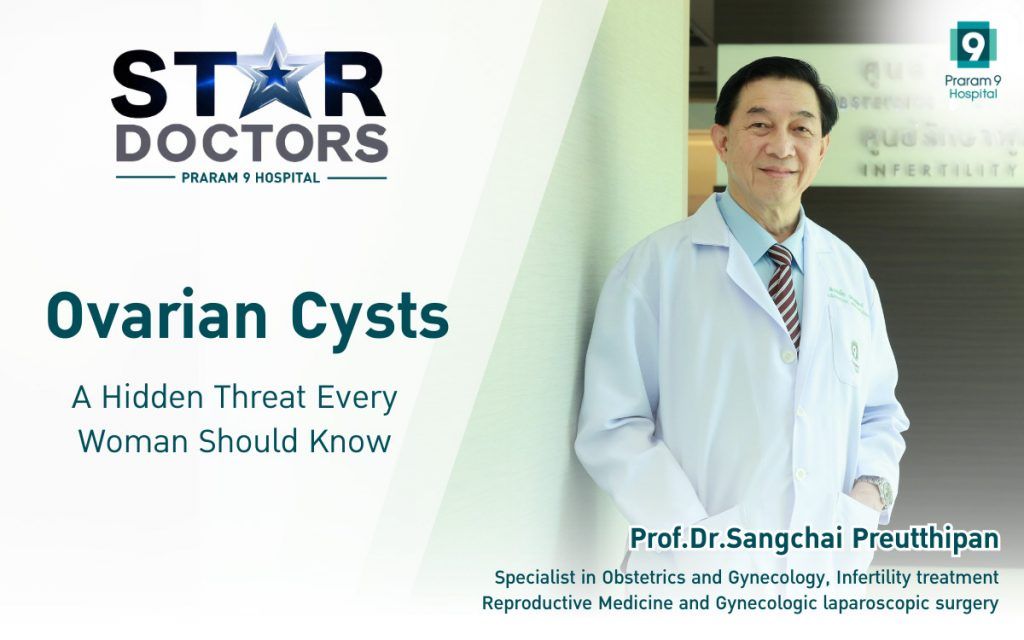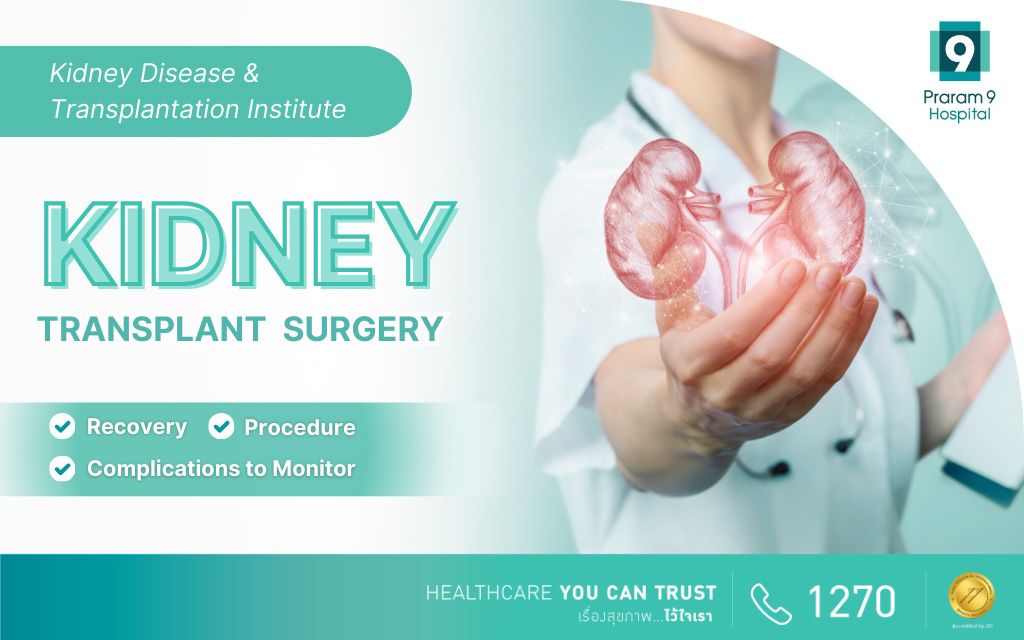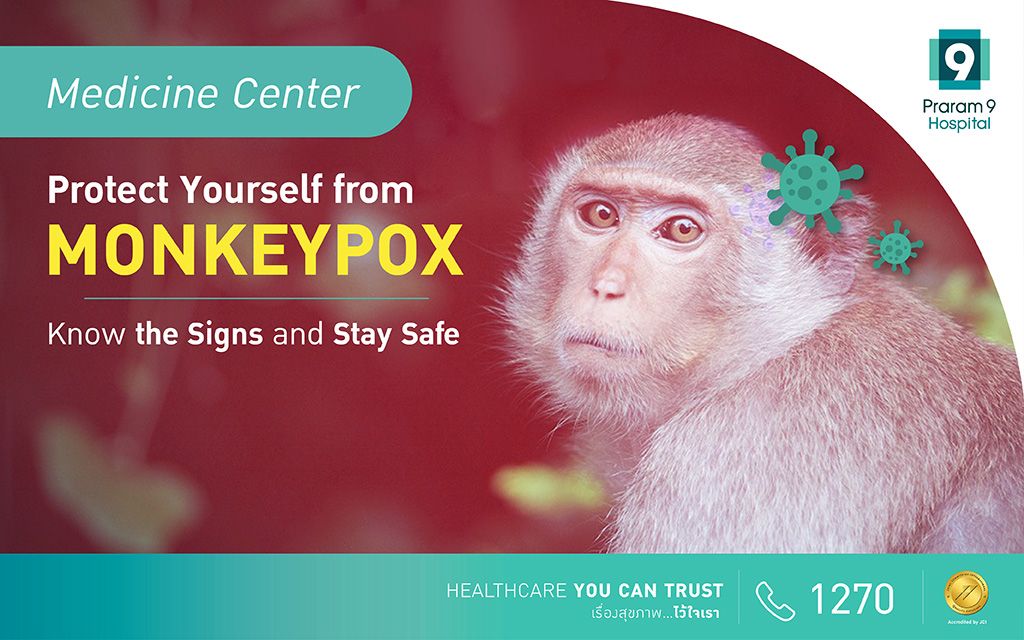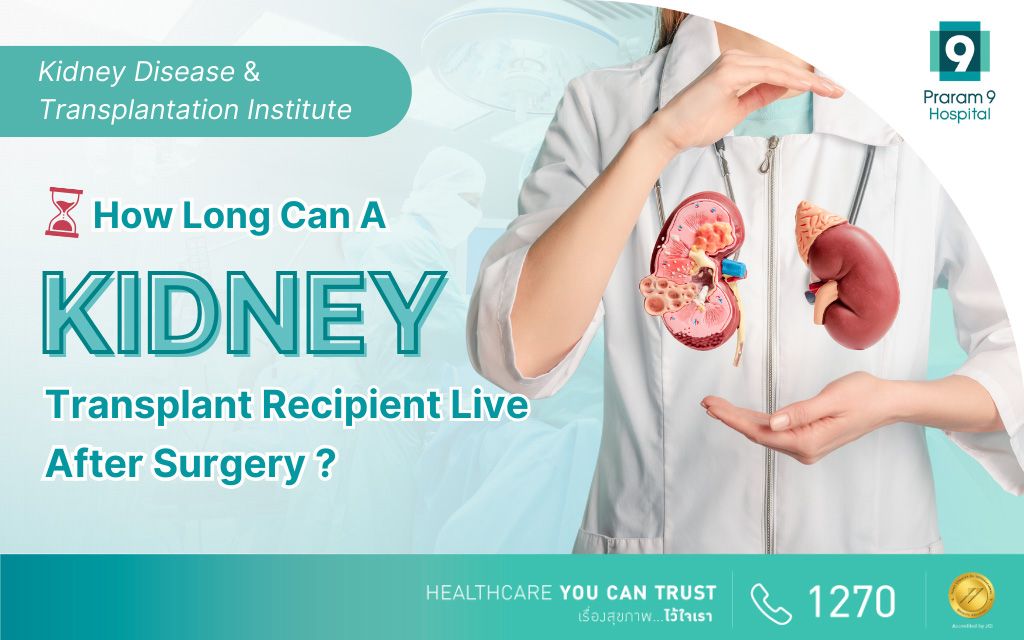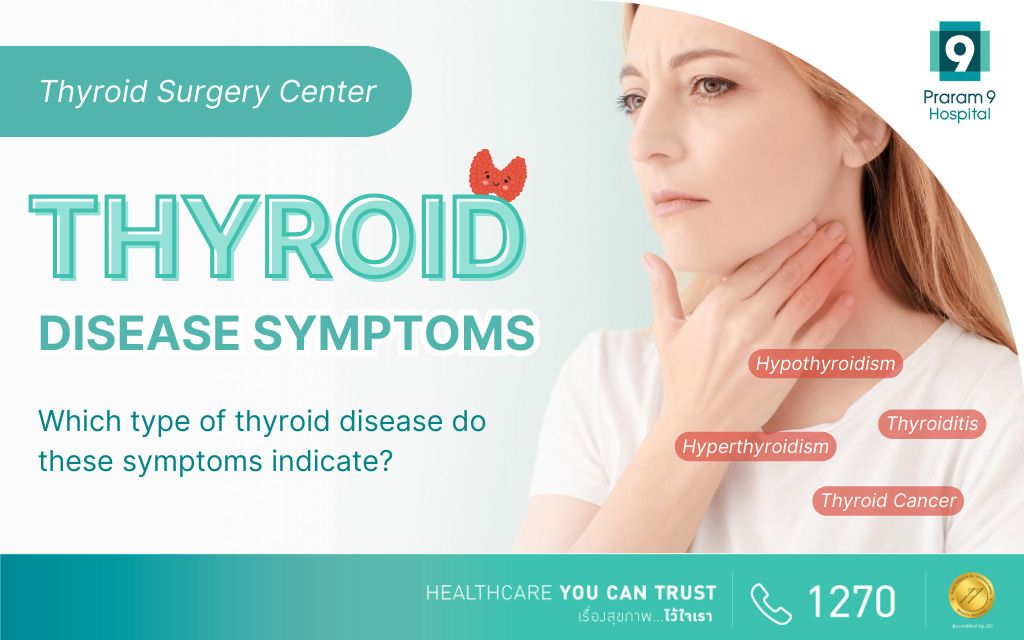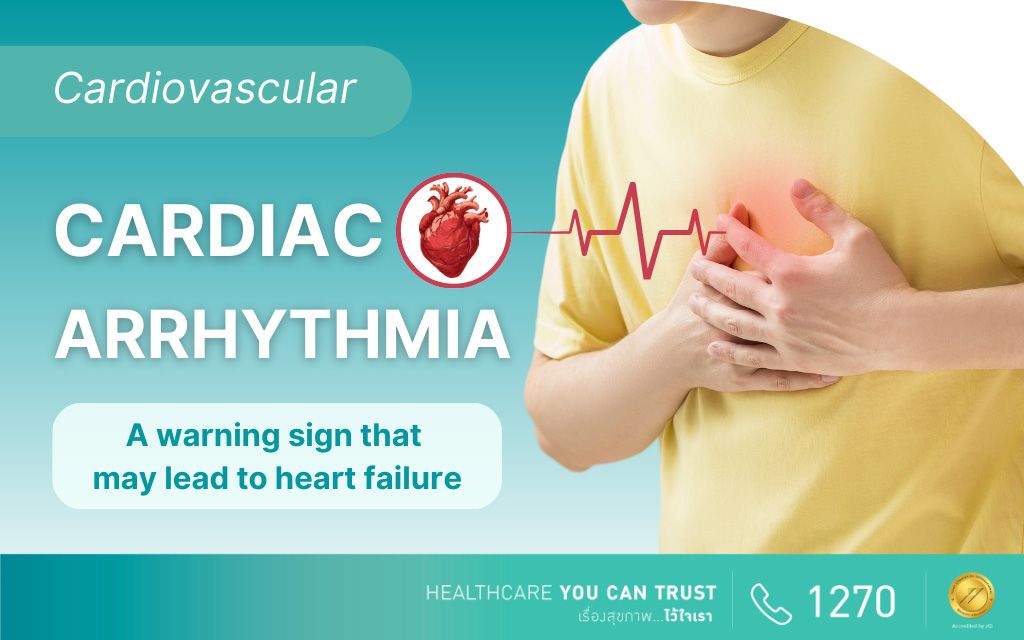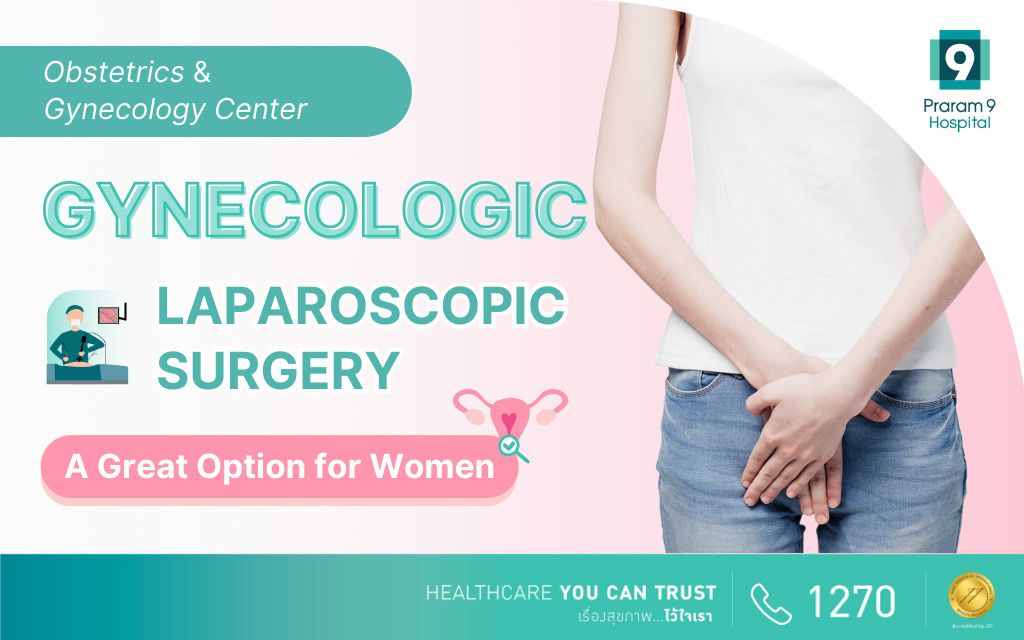Health Articles
Knowledge
Pain in abdominal area, aka stomach ache

Pain in abdominal area, aka stomach ache
A stomach ache, also know as cramps or a dull ache in the abdomen area is usually not lasted very long and is nothing to worry about most of the time. However, severe abdominal pain is something to be taken into serious consideration. If the pain starts out of nowhere, especially if the pain is coming from a specific area, this should be treated as a medical emergency.
Unexpected stomach cramps with diarrhea
If you have stomach ache accompany by diarrhea, the reason behind this might be a tummy bug (gastroenteritis), meaning that you have a bacterial infection that may be caused by eating contaminated food (food poisoning). The condition should improve within a few days naturally. Please cist your doctor if your condition does not improve.
You may have a long-term condition, such as irritable bowel syndrome (IBS) if you have experience bouts of stomach cramps and diarrhea constantly.
Unexpected and severe abdominal pain
If you experience a sudden agonizing pain in a particular section of your stomach, immediately seek medical help. This might be signal of a dangerous problem that could get worse quickly without medical aid.
Serious causes of sudden severe abdominal pain include:
- a bleeding or perforated stomach ulcer– a bleeding, open sore in the lining of your stomach or duodenum (the first part of the small intestine)
- acute cholecystitis– inflammation of the gallbladder, which is often caused by gallstones, in many cases, your gallbladder will need to be removed
- appendicitis– the swelling of the appendix (a finger-like pouch connected to the large intestine), which causes agonizing pain in the lower right-hand side of your abdomen, and means your appendix will need to be removed
- diverticulitis– inflammation of the small pouches in the bowel that sometimes requires treatment with antibiotics in hospital
- kidney stones– small stones may be passed out in your urine, but larger stones may block the kidney tubes, and you’ll need to go to hospital to have them broken up
After a check, if your doctor diagnose that you might have one of the above conditions, they may refer you to hospital immediately.
In some cases, sudden and severe pain in your abdomen can also sometimes be caused by either a pulled muscle in your abdomen, by an injury or an infection of the stomach and bowel (gastroenteritis).
Stomach cramps with bloating
Stomach cramps with bloating is a very common issue that can easily dealt with. It is often caused by trapped wind in the tummy.
You can easily consult with your local pharmacist and they should be able to advice you on a product that can treat the problem off the counter.
Long-term or repeated abdominal pain
The cause is often not life-threatening and can be managed.
Possible causes in adults include:
- IBS – a common condition that causes bouts of stomach cramps, bloating, diarrhea or constipation.
- a urinary tract infection (UTI)that keeps returning – in these cases, you’ll usually also experience a burning sensation when you urinate
- constipation
- period pain – painful muscle cramps in women that are linked to the menstrual cycle
- inflammatory bowel disease (IBD) – long-term conditions that involve inflammation of the gut, including Crohn’s disease, ulcerative colitisand endometriosis
- other stomach-related problems – such as a stomach ulcer, heartburn and acid refluxor gastritis (inflammation of the stomach lining)
Possible causes in children include:
- constipation
- heartburn and acid reflux
- abdominal migraines – recurrent episodes of abdominal pain with no identifiable cause
- a UTI that keeps returning
More Information:
